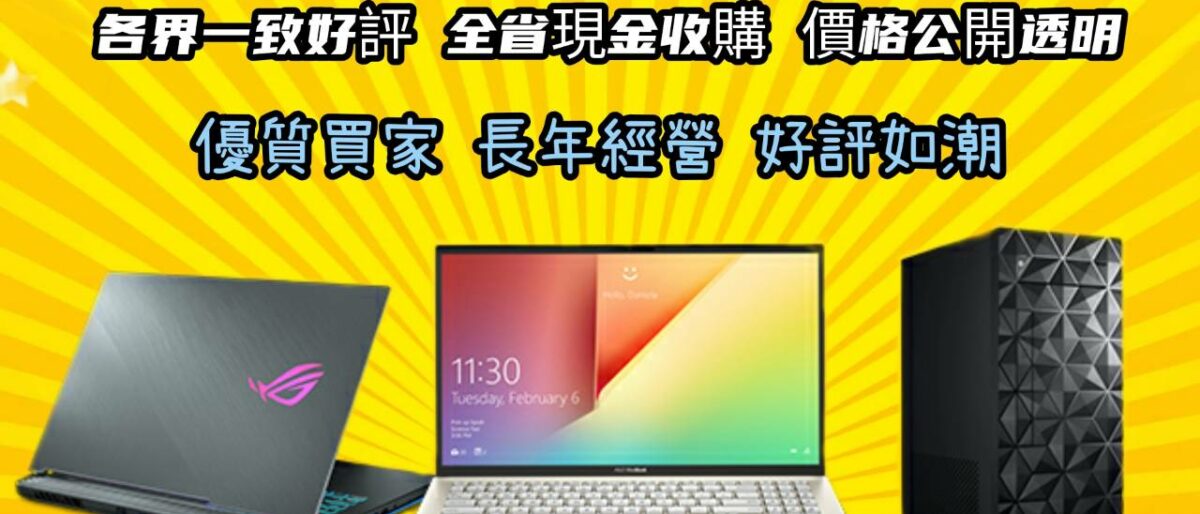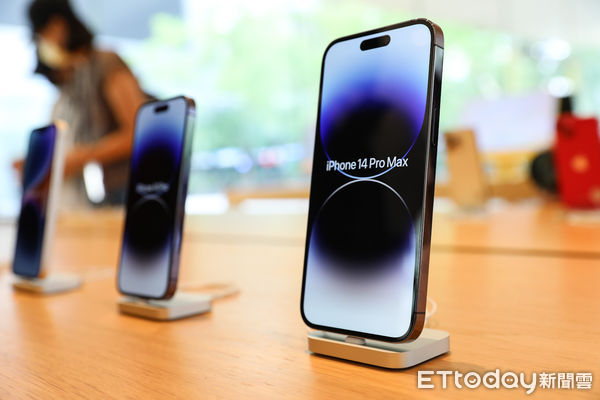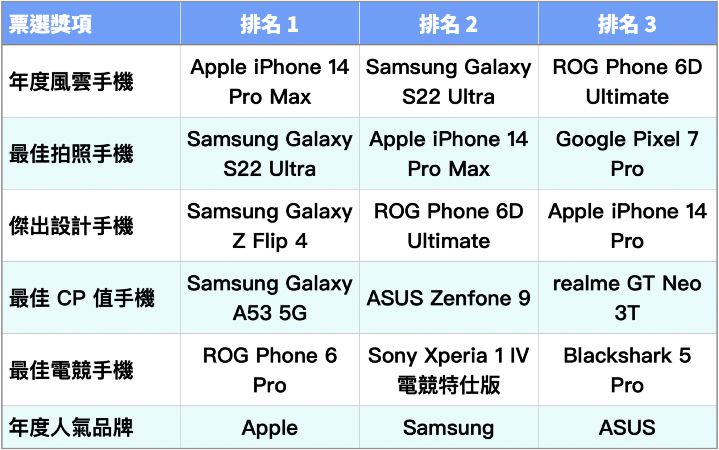Asus筆電收購 收購ASUS筆電 收購ROG電競筆電 收購ACER筆電 收購Msi電競筆電 收購微軟SURF 看全文

我們專業經營各項3C高價回收,收購電競筆電,文書筆電,輕薄筆 電,MSI,ASUS,ACER,HP,Razer,GIGABYBE,Microsoft,,多通路多管道,非坊間垃圾回收價,價格不怕您比較,歡迎企業戶汰舊換新,續約販賣,分期換現,電競筆電, 二手汰舊,手機,筆電,相機,鏡頭,空拍機
asus筆電收購
Nvidia’s RTX 4080 and 4090 GPUs are amazing performers. They are also amazingly expensive, starting at $1,200 and $1,500 and going way up for cards from partners like MSI, Gigabyte, and asus筆電收購asus. The 4080 is nearly twice as expensive as the original $699 MSRP for the RTX 3080.
These price hikes are caused in part by pandemic-era concerns like supply chain snarls and inflation and partly by a cryptocurrency-fueled boom (now over, blessedly) that encouraged a network of scalpers to snap up every single high-end GPU they could. Also at play was a lack of competition and the increasing cost and complexity of building gigantic, monolithic chips on cutting-edge manufacturing processes. Today, AMD is trying to solve the latter two problems with the launch of its Radeon RX 7900 series GPUs.
At $899 and $999, the RX 7900 XT and RX 7900 XTX are still objectively expensive—but because they’re not a further escalation over the starting price of the RX 6900 XT, both cards are what pass for a bargain in today’s GPU market. If you’re looking for cards that can consistently handle 4K gaming at 60 fps and higher, these GPUs do it for less than Nvidia’s latest, and they’re good enough and fast enough that they’ll hopefully start driving Nvidia’s prices down a bit, too.
But Nvidia still retains some key advantages that complicate an easy David-and-Goliath narrative. These GPUs don’t quite feel like a Ryzen moment for AMD’s graphics division—a turning point where a scrappy AMD manages to make a big dent in the market share of an entrenched, complacent competitor. But if you can actually find them for their starting prices, they’re the first sign we’ve had in a while that some relief is coming for high-end-but-price-conscious PC gamers.
The RX 7000 series is the third version of the RDNA GPU architecture, also occasionally referred to as “Navi,” after the codenames of the GPU chips themselves. RDNA 3 doesn’t add anything that feels as significant as RDNA 2’s ray-tracing support, but AMD has added plenty of extra hardware and made important under-the-hood changes.
The most significant is a new chiplet-based approach, similar in concept to the one AMD uses for its Ryzen CPUs. Rather than building the entire GPU die on one manufacturing process—increasing the die’s size and therefore the chances that some or all of it could be defective—AMD is building the main Navi 3 GPU die on a 5 nm TSMC manufacturing process and a series of smaller memory controller dies (MCDs) on a 6 nm process. These chips are all linked together with a high-speed interconnect, which AMD says can transfer data at speeds of up to 5.3 terabytes per second.
The main graphics compute die (GCD) contains most of the hardware you think of when you think of a GPU—compute units, shaders, ray-tracing hardware, the media encoding and decoding block, and display output. Both the 7900 XTX and XT use the same Navi 31 GCD, but the XTX runs at higher clocks and has more CUs and stream processors enabled. The XTX has 96 CUs and 6,144 stream processors, while the XT has 84 CUs and 5,376 stream processors. Both cards represent a jump up from the Navi 21 die used in the RX 6900 series, which maxed out at 80 CUs and 5,120 stream processors (and that’s before you account for other performance-boosting improvements).
The MCDs all include a single 64-bit memory controller and 16MB of AMD’s Infinity Cache, and they demonstrate the advantages of a chiplet-based approach. The 7900 XTX has a 384-bit-wide memory bus and 96MB of Infinity Cache, where the 7900 XT has a 320-bit bus and 80MB of cache; to accomplish this, all AMD has to do is remove an MCD. The exact same MCDs can be reused up and down the stack with all of the different RDNA 3 GCDs that AMD chooses to release, from low-end products with a single MCD up to midrange GPUs that use between two and four. Defects in MCD dies won’t require the larger, more complex GCDs to be thrown out or binned, and vice-versa.
In the realm of all-new features for RDNA 3, there are three things of note. First, the GPUs include new AI accelerators, which could be useful both for the plethora of AI-assisted content creation that has sprung up in the last year and for AI-assisted upscaling (if AMD chooses to implement it in some future version of its FSR upscaling algorithm; both DLSS and XeSS use AI for upscaling, but FSR 2.0 doesn’t).
Second, the video encoding and decoding block supports hardware-accelerated encoding for the AV1 video codec, just like the RTX 4000 series and Intel’s Arc GPUs. This should be useful for both content creators and streamers who want to stream higher-resolution video or video at the same resolution while using less bandwidth.
And third, the “Radiance Display Engine” adds DisplayPort 2.1 support to the GPUs. Monitors that take full advantage of DisplayPort 2.1’s extra bandwidth don’t really exist as of this writing, but when they do, RDNA 3 GPUs will be able to drive 4K displays at up to 480 Hz and 8K displays at up to 165 Hz.

▲蘋果手機iPhone 14 pro奪下年度風雲機。(圖/記者林敬旻攝)
記者陳俐穎/綜合報導
專業手機 3C 資訊網站《ePrice 比價王》公布「2022 年度風雲機」網友票選活動結果。本票選活動於 2022 年 12 月 16 日起至 12 月 31 日止舉辦,共吸引超過 1.1 萬位網友參與。而最大獎項「年度風雲手機」由蘋果 iPhone 14 Pro Max 獲得;三星則是最大贏家,Galaxy S22 Ultra 獲得「最佳拍照」手機、Galaxy Z Flip 4 獲得「傑出設計」手機、而 Galaxy A53 5G 則獲得「最佳 CP 值」手機票選殊榮,是本屆票選三冠王。
2022 年度風雲手機:Apple iPhone 14 Pro Max
Apple 每年 iPhone 旗艦一直都是「年度風雲機票選」活動的常勝軍,2022 年度旗艦 iPhone 14 Pro Max 以 3879 票拿下年度最大獎「風雲手機」票選冠軍,以僅 2% 的票數差距險勝 Samsung Galaxy S22 Ultra。
iPhone 14 Pro Max 在今年 9 月發表時也是話題不斷,它的螢幕除了採用 LTPO OLED 技術,讓它能夠做到更不耗電的 Always-on 螢幕功能外,它也首度加入嶄新的「動態島」設計,讓傳統被視為缺點的螢幕開孔一搖而變成為特色;此外 iPhone 14 Pro Max 也搭載採用 4nm 製程的 Apple A16 仿生處理器,比起一般版與上一代相同的 A15 仿生處理器更為進化,再加上它的標準鏡頭除了畫素增加至 4800 萬以外,感光元件也加大 65%,並搭載第二代感光元件移動防手震技術,更能夠拍攝 4800 萬畫素 ProRAW 照片,具備更高的後製彈性。種種特色加總,讓它在一開賣後銷售量就一飛沖天,每個月都是台灣最賣手機 Top 3 之一。

▲年度風雲機票選結果。(圖/取自比價王)
2022 最佳拍照手機:Samsung Galaxy S22 Ultra
在「2022 年度風雲機」票選的「最佳拍照」手機獎項中,網友投票的傾向就不像風雲手機般如此拉鋸,反而是 Samsung Galaxy S22 Ultra 一面倒,以 4,511 票(39.4%)近四成的比例獲得最多網友支持,成為 2022 最佳拍照手機。
Samsung Galaxy S22 Ultra 的拍照會受到網友青睞也不是沒有原因,它的標準鏡頭除了搭載 1 億畫素大型感光元件以外,還加入 1200 萬畫素超廣角鏡頭、1000 萬畫素 3X 望遠鏡頭以及 1000 萬畫素 10X 望遠鏡頭,而且除了超廣角鏡頭外全部支援 OIS 光學防手震、超廣角鏡頭更支援微距對焦,可以說無論拍近拍遠一台手機就可搞定,是一款全方位的拍照手機。而 S22 Ultra 在我們的 2022 拍照旗艦盲測活動中,也在三個測試場景拿到票選冠軍,證明它的實力不是空穴來風。
2022 傑出設計手機:Samsung Galaxy Z Flip 4
每一年各品牌都會推出具有獨特設計的手機,以在廣大的手機市場中脫穎而出獲得消費者青睞;而在「2022 年度風雲機」活動的「傑出設計」獎項中,則是以三星所推出的摺疊螢幕手機 Galaxy Z Flip 4 獲得最多網友支持獲得冠軍,拿下 5,417 票,以 47.3% 將近五成的得票率讓其他對手看不見車尾燈。
2022 最佳 CP 值手機:Samsung Galaxy A53 5G
三星的 A 系列中階手機,一直以來都是台灣手機市場中的銷售尖兵,而 2022 年三星所推出的中階防水手機 Galaxy A53 5G 也受到不小歡迎,並且在「2022 年度風雲機」活動的「最佳 CP 值」獎項中拿下 4,012 票的票數成為狀元,領先第 2 名的 asus筆電收購asus Zenfone 9 達一倍之多。
另一方面,第 2 名的 asus筆電收購asus Zenfone 9 則是走旗艦路線,它具備 Snapdragon 8+ Gen 1 處理器、8GB / 16GB RAM 與 128GB / 256GB ROM,並搭載 50MP+12MP 雙鏡頭相機與 4500 mAh 電池,並支援 IP68 防水防塵,售價僅開出 19,990 元起,是相當容易入手的旗艦機。
2022 最佳電競手機:ROG Phone 6 Pro
電競遊戲手機已經逐漸成為顯學,不少品牌都有主打電競的手機產品問世,也因此我們在「2022 年度風雲機」票選活動中新增「最佳電競」手機的獎項。而在首屆最佳電競手機獎項的投票結果中,華碩的 ROG Phone 6 Pro 以高達 8,410 票、佔比 73.5% 的壓倒性票數取得領先,拿下將近四分之三網友的支持。
ROG Phone 從第一代以來,華碩就以規格堆料加上從電競玩家思考出發,規劃產品以及週邊生態系,也逐漸在手遊玩家中打出口碑。而最新的 ROG Phone 6 Pro 則在外型上同樣吸睛,採用 ROG Vision 副螢幕設計,並且具備 6.78 吋 165Hz AMOLED 螢幕面板,搭載 Snapdragon 8+ Gen 1 處理器以及最高 18GB RAM / 512GB ROM 的儲存空間,更標配三明治散熱系統以及 Aeroactive Cooler 6 主動致冷散熱風扇,讓玩家可持續玩遊戲不 lag。此外,它依舊配置側邊 USB-C 連接埠以及 Air Trigger 超音波肩鍵的設計,讓手遊玩家操控更為順手;另外它的 6000 mAh 大容量電池也是專為電競玩家打造,並支援 65W 快充。
asus筆電收購 asus筆電收購